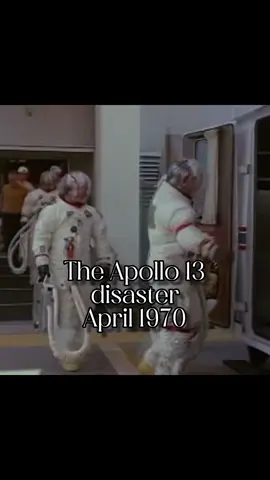Chey G. 💍
Region: US
Friday 03 October 2025 15:22:24 GMT
627
57
5
1
Music
Download
Comments
Allie Grace :
That’s my bby!!
2025-10-03 15:46:35
1
🚩 Ⓒⓐⓢⓔⓨ 🚩 :
Yaaasssss🫶🏼
2025-10-03 17:25:25
1
🖤💋Lucky♡817💋🖤 :
🖤🖤🖤
2025-10-03 17:41:30
1
To see more videos from user @okie_cheyenne, please go to the Tikwm
homepage.





